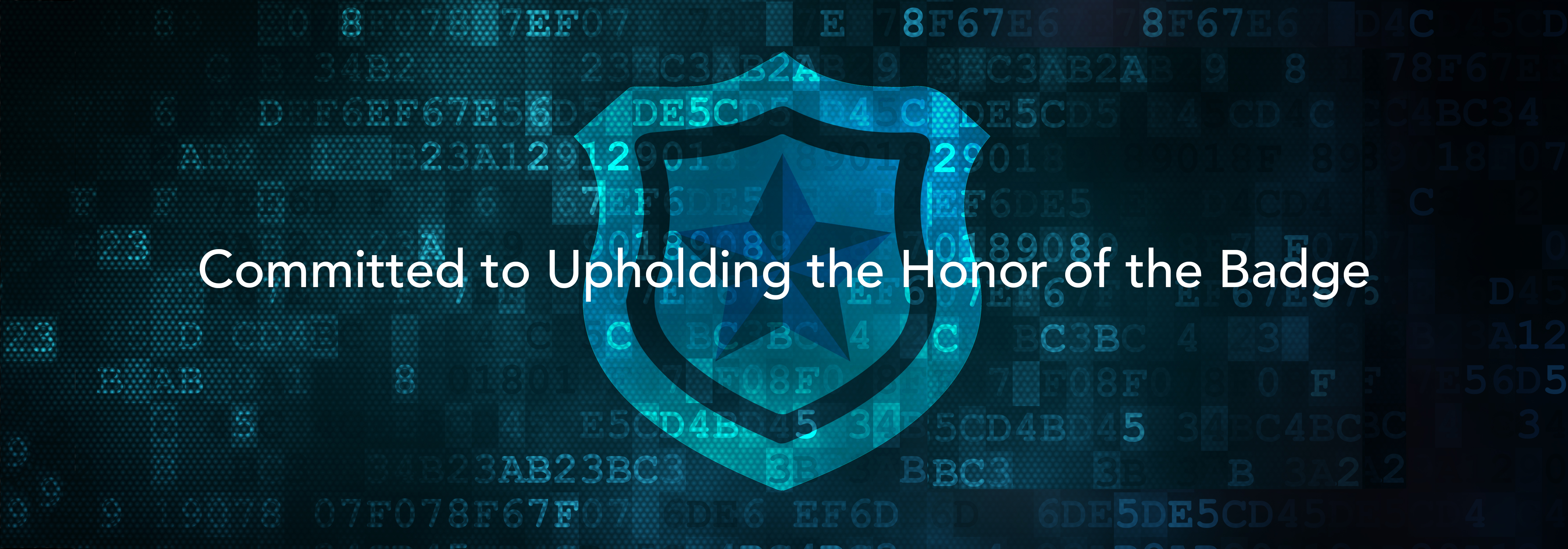
1) Real-world policing experience
Anyone can claim to do anything — and they often do. That's why when it comes to an early intervention system, you should look for one that's been built by people who know what it means to walk in your shoes. Were they at one time an officer themselves? Or a member of a command staff? Or perhaps worked in a mayor's or city manager's office? Bringing that real-world experience to the table can mean the difference between a limited, ineffective offering to a nuanced solution that's built specifically for the needs of law enforcement agencies.2) Best-in-class technology
The greatest software idea can fail miserably before it's out of the gate if its technological framework doesn't support your needs. How configurable is it to your department's requirements, policies and goals? Is it fully automated, simple and secure? Is it built to integrate with your existing systems? How intuitive is it, for user friendliness and ease of use? These are all questions you should seek answers to when searching for a new professional standards early warning system.3) Research based
Look for a police early intervention system that's grounded in research. What we know from other professions is that the right data, brought together with the right analyses, intervening with the right support, can make a dramatic difference in how organizations function and operate. The same holds true for law enforcement, where research, data and analytics can drive preventative intervention for trending off-track behavior — before it escalates into a larger, more challenging problem for an officer and your department.Obviously, there's no one-size-fits-all solution for departments across the board. But these are three critical criteria to consider — so that ultimately you and your officers are supported with a system that is easy-to-use, fair and unbiased . . . and one that can navigate the complexities you and your department faces every day.
For more information on First Sign™ Early Intervention, click here.

